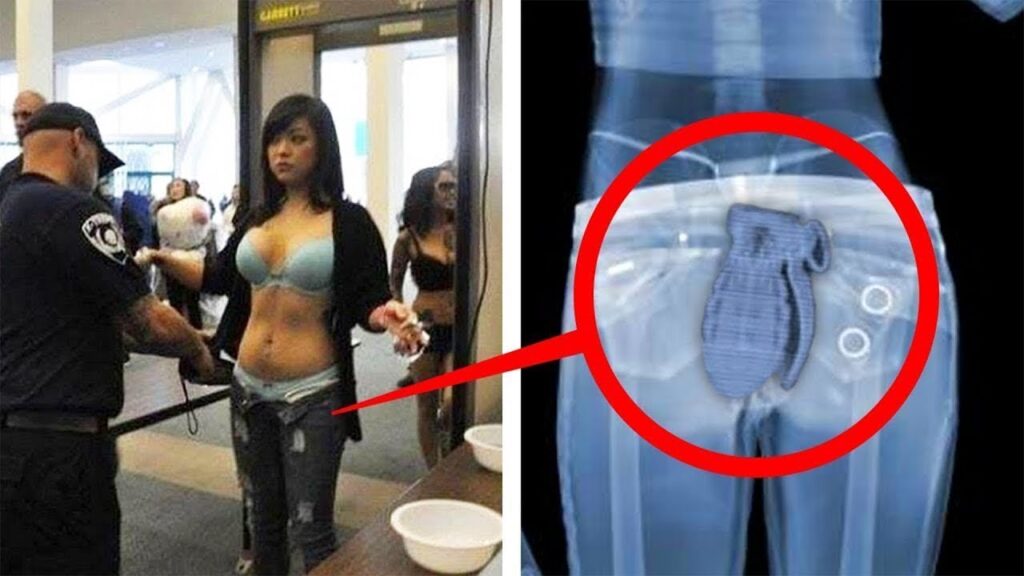The world of smuggling never fails to surprise us with its sheer audacity. From hidden drugs to bizarre concealment methods, airports around the world have become the stage for some of the wildest smuggling incidents. Add to that one of the most iconic soft drinks in history — Coca‑Cola — and a little‐known chapter of drug history, and you have a story that is equal parts shocking and fascinating.
The Coca-Cola connection
Most people know Coca-Cola as a refreshing beverage, but fewer know that its origins trace back to the late 19th century, when coca-leaf extract (which contains cocaine) was one of its ingredients. While modern Coca-Cola no longer contains cocaine, the early recipe did include a form of it. YouTube+2YouTube+2
This historical fact opens up the discussion: how a mainstream beverage once intersected with drug culture, and how that set the stage for understanding smuggling around the world.
Why drugs and beverages matter
The inclusion of a drug derivative in a mass‐market drink highlights how substances we commonly associate with prohibition and criminality can sometimes enter mainstream life via less obvious routes. When you pair that with the ingenuity of smugglers operating at airports, you get a vivid contrast: one side is sanitized and ubiquitous, the other is clandestine and extreme. Understanding both these worlds helps us appreciate the broader context of drug trafficking, concealment, and international security.
Smuggling at airports: a world apart
Airport security is the front line. Every day, screening devices, scent‐dogs, X-rays and vigilant officers attempt to intercept contraband. Yet in this arena some of the strangest smuggling incidents ever recorded still occur. That’s why the “15 craziest smuggling incidents discovered at airports” part of the video is so compelling — it highlights real cases where smugglers pushed the envelope in creativity, desperation or sheer audacity.
Here are some representative types of smuggling incidents you’ll see:
- Drugs hidden inside everyday items: food packages, electronics, toys, even stuffed animals.
- People using internal body concealment (swallowing or inserting packets).
- Live animals or weird organic materials used to smuggle narcotics.
- Attempts to bypass detection by exploiting human error, obscure route combinations, or transit airports.
Each of these methods reveals something about smuggling: the risk is high, the reward (for traffickers) can be enormous, and the ingenuity knows few bounds.

Linking the stories
So how do we connect Coca-Cola’s early drug history with airport smuggling? It’s really about “the unexpected.” Just as Coca-Cola’s roots surprised many, so too do the smuggling stories. Both speak to the hidden realities behind familiar façades — whether it’s a soft drink or an airport departure lounge. They force us to reconsider our assumptions: what looks safe may have tangled origins; what appears secure may still hold astonishing secrets.
The video invites us to look at two things: the historical side (drugs in popular culture) and the operational side (modern smuggling). By putting them together, the presentation becomes more than just “weird smuggling stories” — it becomes a reflection on how substances (legal, semi-legal, illegal) move, adapt and evade detection.
Key takeaways
- History matters: Knowing that Coca-Cola once used coca-leaf extract reminds us that our everyday consumables carry stories.
- Smuggler ingenuity is extreme: Airports are highly secure but still vulnerable to creative concealment.
- Surprise is a tool: For traffickers, the more unexpected the method, the better chances of success.
- Awareness helps: For viewers, recognizing how concealment works makes us more alert — whether as travellers, policy watchers or curious citizens.
- Broader implications: These are not isolated fun facts. They tie into larger issues: global drug trade, security infrastructure, regulatory history, public health (in the case of beverages) and enforcement methods.
Why watch the video
- It’s engaging: The mix of historical curiosities and modern airport smuggling cases means you’ll not only learn, you’ll be entertained.
- It’s broad in scope: From the beverage industry to airport security divisions, the content spans multiple domains.
- It’s revealing: You get a peek behind the curtain — into how smuggling works, and how surprisingly mainstream items (like soda) have unexpected drug-related histories.
- It encourages reflection: After watching, you’ll likely look at airports, baggage claims, and even your pantry with slightly more skepticism.
A few reflections
As you watch, you might ask: what motivates the smugglers? Often it’s profit, but sometimes it’s desperation. How do authorities keep up? Technology plus human vigilance, but the game evolves. Why does a drink like Coca-Cola matter? Because it shows how substances transition from medical/novelty uses into mass markets, and sometimes back into controversy.
And finally: What can we do? If you travel often, respect airport rules, pack smart. If you’re curious about history, remember that things aren’t always what they look like. And if you’re just watching for fun — enjoy the wildest stories, but also think about the implications.


